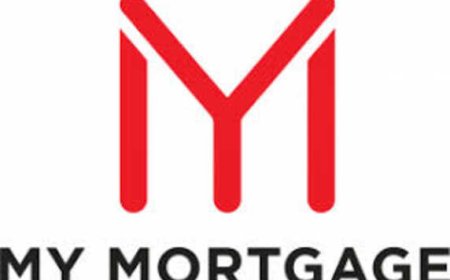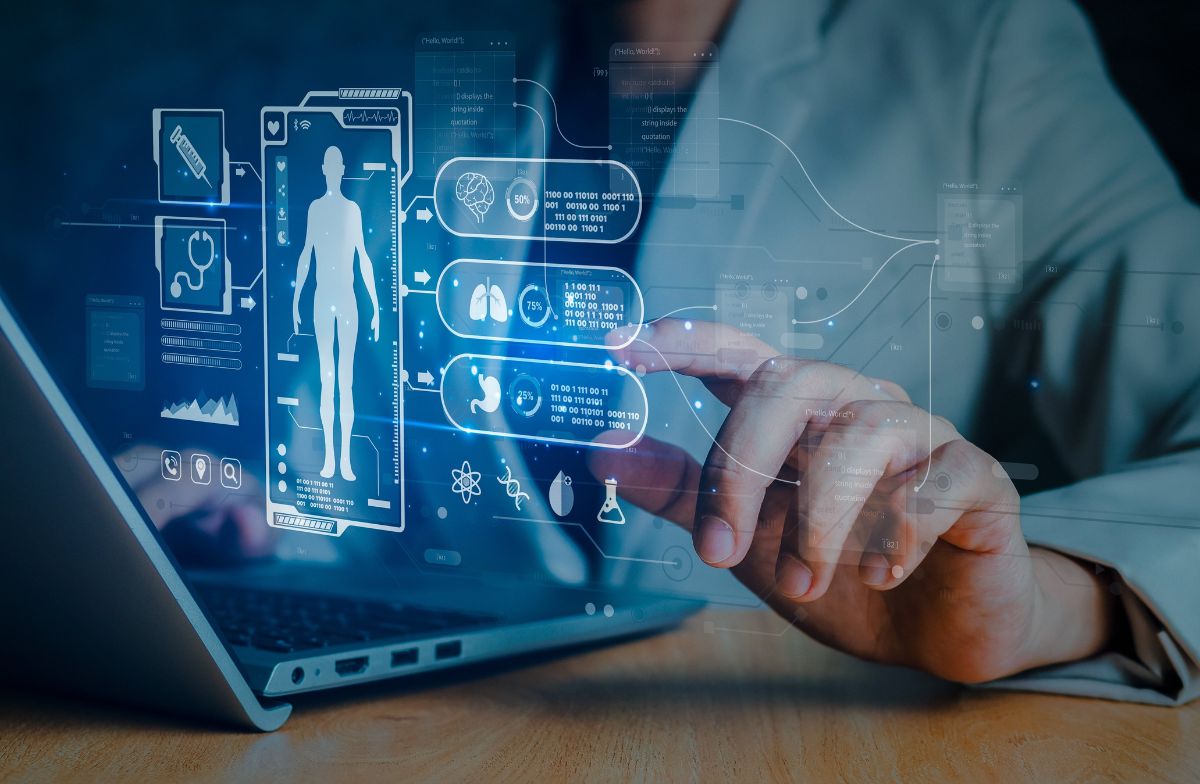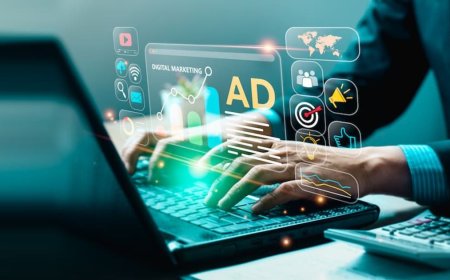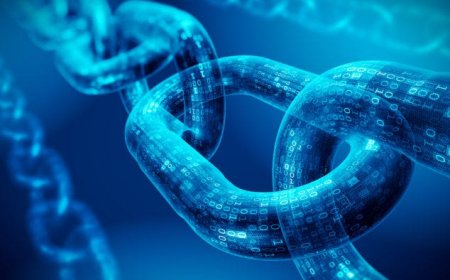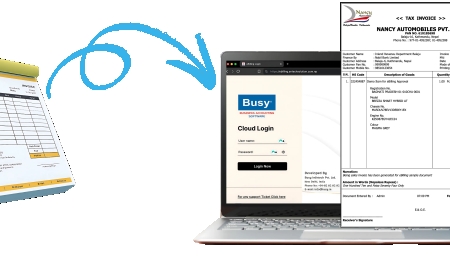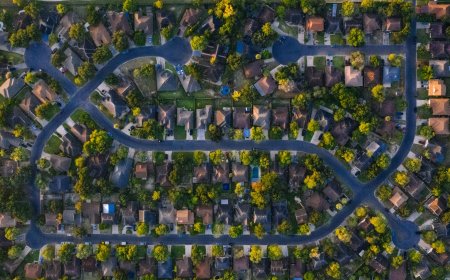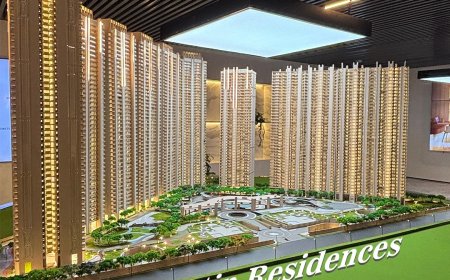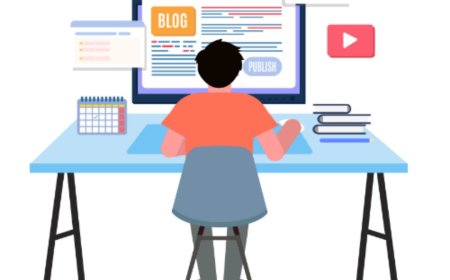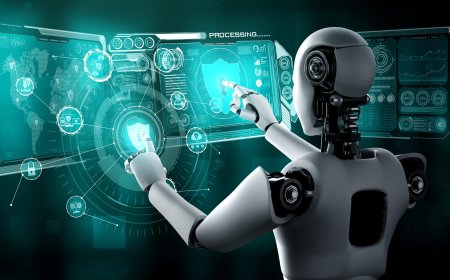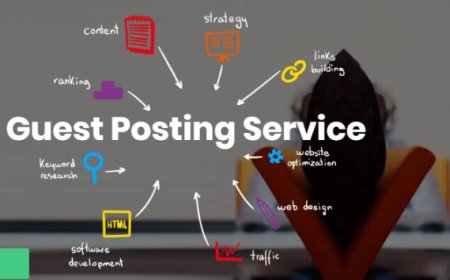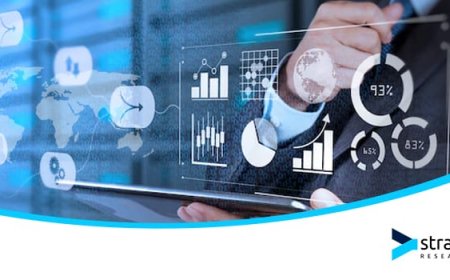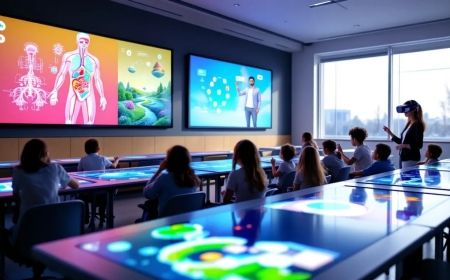How a License Plate Recognition System Enhances Urban Traffic Control
License plate recognition system enables accurate vehicle identification, traffic monitoring, and automated enforcement for smarter, safer transportation systems.

Introduction
Urbanization is accelerating at an unprecedented pace, placing increasing pressure on city infrastructureespecially traffic systems. Congestion, traffic violations, and inefficient vehicle tracking continue to pose serious challenges to urban planners and law enforcement agencies. As cities strive for smarter, more connected solutions, license plate recognition systems (LPRS) have emerged as one of the most effective tools for managing vehicle flow and enhancing road safety.
A license plate recognition system uses optical character recognition (OCR), video analytics, and machine learning to automatically identify vehicles based on their license plates. This article explores how LPRS improves urban traffic control and contributes to the creation of safer, smarter cities.
Understanding License Plate Recognition Systems
At its core, a license plate recognition system captures video or still images of a moving or stationary vehicle and extracts the alphanumeric characters on its plate. These systems use high-resolution cameras, infrared illumination, and AI-powered software to ensure accuracy even in low light, adverse weather, or high-speed traffic conditions.
The collected data can then be cross-referenced with law enforcement databases, toll records, or urban traffic control centers. LPRS is widely used in scenarios such as toll collection, parking management, border control, and traffic law enforcement.
Urban Traffic Challenges and the Need for Automation
Managing vehicle movement in urban areas involves more than just guiding traffic. City authorities must monitor road violations, regulate access in restricted areas, support emergency response systems, and ensure public safety. Traditional methods often fall short due to:
-
Limited manpower for round-the-clock monitoring
-
Inability to trace violations in real time
-
Manual errors in vehicle identification
-
Delayed enforcement or citation issuance
These gaps hinder effective traffic management and can erode public confidence in the transportation system. Automation through LPRS addresses these shortcomings and offers real-time, scalable, and tamper-proof solutions.
Key Benefits of License Plate Recognition in Urban Traffic Control
1. Efficient Violation Detection
Urban intersections are hotspots for traffic violations such as red-light jumping, speeding, and wrong-lane driving. LPRS enables automated detection of such offenses. When paired with other surveillance tools, it allows authorities to not only identify the vehicle but also gather time-stamped evidence for enforcement.
2. Real-Time Traffic Monitoring
LPRS plays a pivotal role in dynamic traffic monitoring. By tracking vehicle flow across multiple zones, traffic control centers can gain actionable insights into congestion patterns. This helps in adjusting traffic signal timings, rerouting traffic in emergencies, and reducing bottlenecks during peak hours.
3. Automated Access Control in Restricted Zones
Cities often have zones with restricted accesslike emergency lanes, pedestrian-only areas, or environmental low-emission zones. LPRS ensures only authorized vehicles can enter these areas by automating gate access or alerting enforcement teams to unauthorized entries.
4. Enhanced Security and Crime Prevention
From stolen vehicle identification to tracking suspicious movements, LPRS supports law enforcement by enabling faster investigations. It creates a digital trail of vehicle movements, which can be vital in identifying suspects or locating missing vehicles.
5. Data-Driven Urban Planning
By collecting large volumes of traffic data, LPRS helps urban planners understand long-term trends. Authorities can make informed decisions about road expansions, public transportation routes, and infrastructure development based on real traffic behavior, rather than estimates.
Integrating LPRS with Broader Smart City Infrastructure
The effectiveness of license plate recognition systems increases when integrated with other technologies. For example:
-
Traffic Violation Detection Systems: LPRS can be used in conjunction with red-light violation cameras to instantly capture the license plate of violators.
-
Emergency Vehicle Routing: Systems can recognize ambulances or fire trucks and adjust signals to prioritize their movement.
-
Congestion Pricing: Some cities implement congestion zones where LPRS monitors entry and applies dynamic toll rates based on traffic levels.
Moreover, advancements in surveillance and detection technologies are expanding the scope of urban security. In high-security environments like airports, systems such as Explosives Trace Detection (ETD) are being enhanced to improve passenger screening. These innovations contribute to the broader goal of smarter surveillance and control systems.
To learn more about parallel developments in this space, see Technology Advances in ETD for Airportsa key example of how AI and real-time analytics are transforming public safety environments.
Challenges and Considerations
While LPRS delivers multiple benefits, several challenges must be addressed to ensure ethical, reliable, and equitable deployment:
-
Privacy and Data Security: As with any surveillance tool, managing sensitive vehicle and identity data requires strict data governance policies.
-
System Calibration: Factors like plate design, weather, or poor lighting can affect accuracy. Ongoing system tuning is essential for consistent performance.
-
Integration Complexities: Synchronizing LPRS with other traffic or enforcement systems requires robust infrastructure and cross-departmental coordination.
-
Cost and Maintenance: Initial installation costs and ongoing system updates can be a barrier, particularly in smaller cities or developing regions.
Conclusion
The modern city demands more than just roads and traffic lightsit requires intelligent systems that ensure safety, efficiency, and responsiveness. A license plate recognition system plays a central role in this transformation, allowing cities to manage growing vehicle volumes, enforce regulations, and reduce the strain on human resources.
By leveraging the power of automation, real-time analytics, and AI integration, LPRS provides the tools urban authorities need to build smarter traffic ecosystems. As cities continue to evolve, the adoption of such technologies will be vital not just for controlbut for creating a safer and more predictable commuting experience for all.









